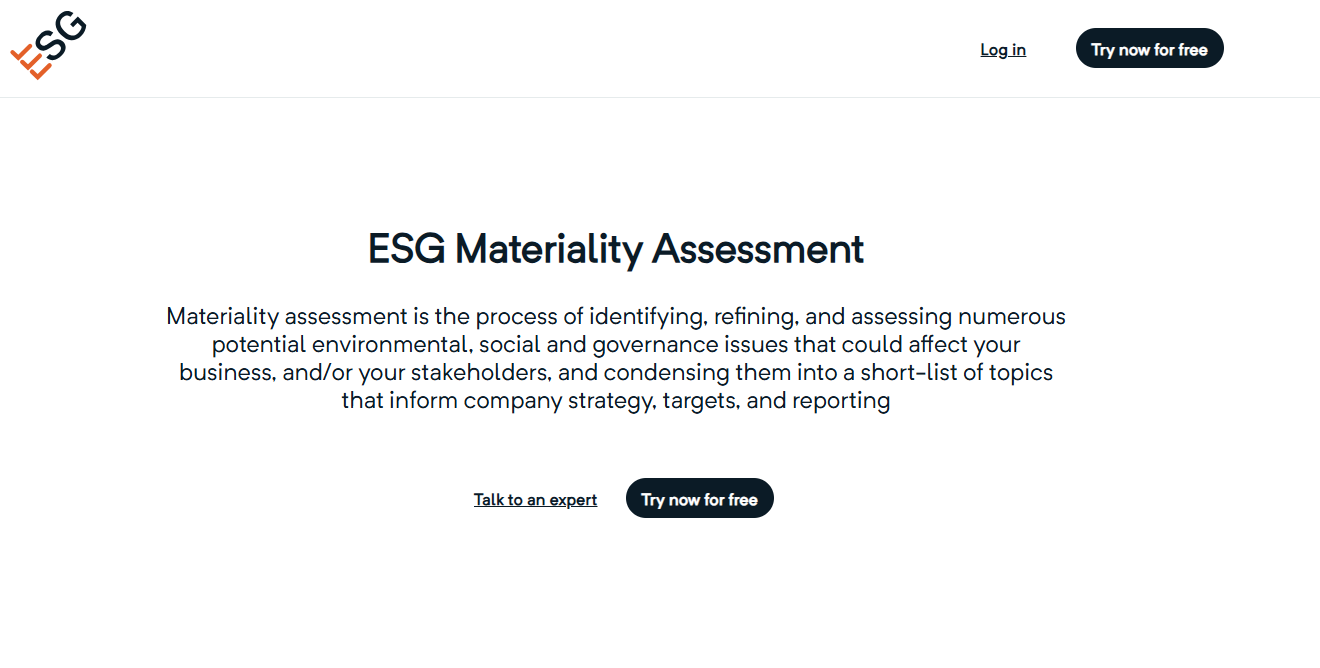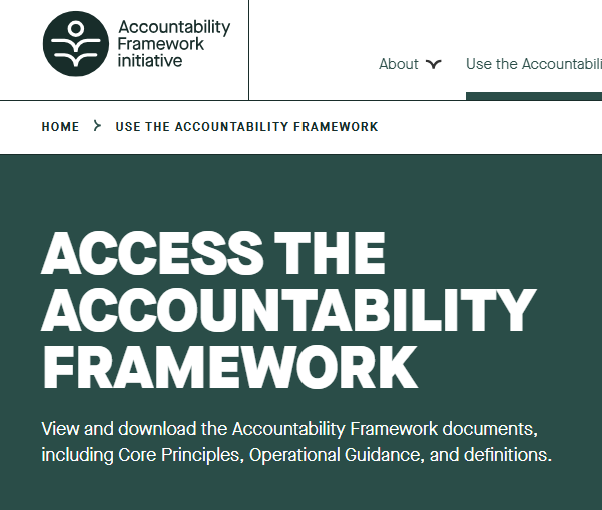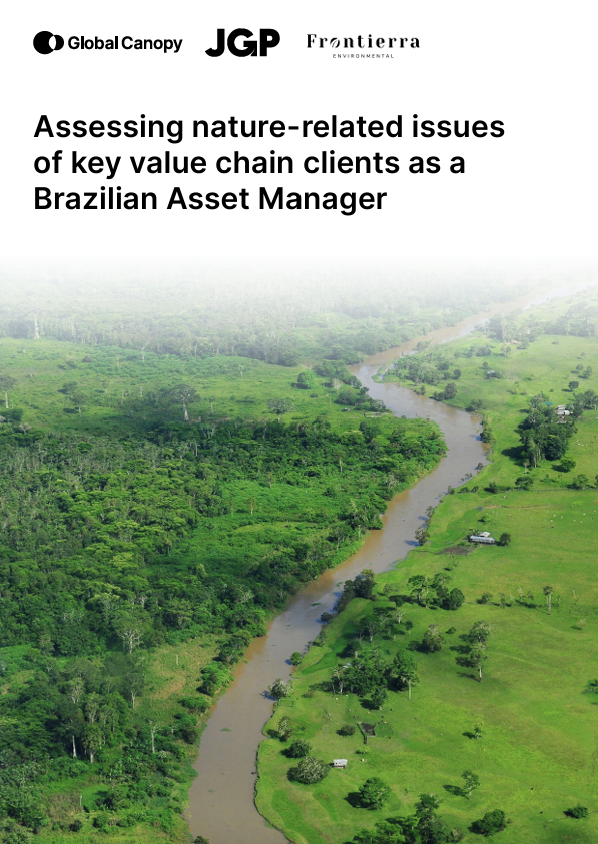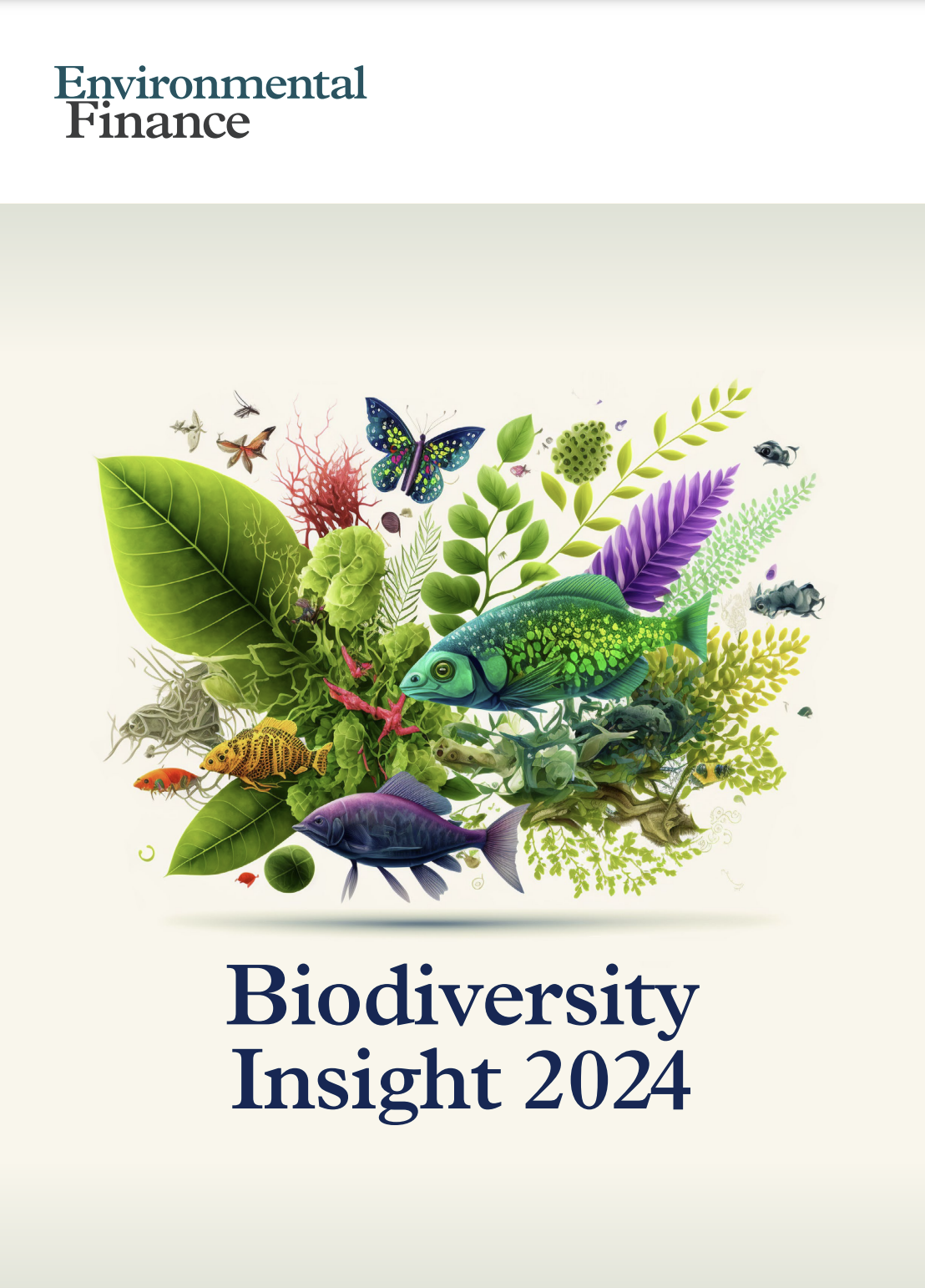Library | ESG issues
Risk Management
Refine
226 results
REFINE
SHOW: 16


Howden Group
Howden Insurance Brokers Australia is a global insurance intermediary offering tailored insurance and risk management solutions for businesses and individuals. With offices across Australia and access to international markets, Howden provides services in corporate risks, people risk, private clients, and alternative risk solutions. Their employee-owned model fosters a client-focused approach, delivering personalised service backed by global expertise.
Drova’s ESG stakeholder materiality assessment
Drova’s ESG Stakeholder Materiality Assessment is a digital tool designed to identify and prioritise environmental, social, and governance issues relevant to an organisation and its stakeholders. Aligned with frameworks such as the Global Reporting Initiative (GRI), it facilitates stakeholder engagement and produces a materiality matrix to inform sustainability strategy. The platform streamlines the assessment process, reducing time and cost compared to traditional methods.
UNEP FI's human rights screening and risk assessment: investment and lending operations
The UNEP FI Human Rights Screening and Risk Assessment tool provides financial institutions with a structured framework to identify and evaluate human rights risks at both portfolio and transaction levels. It aligns with the UN Guiding Principles and OECD guidance, promoting integration of human rights considerations into investment and lending operations.
Accountability Framework
The Accountability Framework guides financial institutions on how to establish policies for responsible lending and investment in the food, agribusiness, and forestry sectors. It also helps financial institutions to screen and engage their clients and portfolios to fulfil these policies. It also assists with assessing environmental and social risk and performance in investment portfolios, and supports company engagement.
Assessing nature-related issues of key value chain clients as a Brazilian Asset Manager
This case study details JGP's participation in piloting the Taskforce on Nature-related Financial Disclosures (TNFD) LEAP approach. The study focuses on assessing JGP's exposure to tropical deforestation through companies connected to the agriculture sector in its investment portfolio.
Environmental Finance's biodiversity insight series
This series explores the evolving role of biodiversity in sustainable finance, investment strategies, and regulatory developments. It examines biodiversity risk, natural capital investment, reporting frameworks, and financial instruments supporting conservation efforts. The series provides insights into emerging market mechanisms, data challenges, and the integration of biodiversity considerations into financial decision-making.
Green Climate Fund (GCF)
Green Climate Fund (GCF) is a global fund established by the United Nations Framework Convention on Climate Change (UNFCCC) to support developing countries in tackling climate change. It provides financing for mitigation and adaptation projects, focusing on low-emission, climate-resilient development. Funded by governments, GCF plays a key role in international climate finance.
CDSB framework: Application guidance for biodiversity-related disclosures
The CDSB Framework application guidance for biodiversity-related disclosures (the Biodiversity Application Guidance) has been produced by CDSB to assist companies in the disclosure of the material information about the risks and opportunities that biodiversity presents to an organisation’s strategy, financial performance and condition within the mainstream report (biodiversity-related financial disclosure). It is designed to supplement the CDSB Framework for reporting environmental and climate change information to investors (CDSB Framework).
Guidance on the identification and assessment of nature related issues: The LEAP approach
This document provides corporates and financial institutions with guidance on identifying and assessing nature-related issues using the TNFD proposed LEAP approach.
Sector guidance: Additional guidance for financial institutions
This document provides proposed additional guidance for financial institutions on the TNFD’s recommended disclosures.
TNFD nature-related risk and opportunity registers
The TNFD risk and opportunity registers outline different categories of nature related risks and opportunities, indicate useful information to record for each risk and opportunity identified and provide connections to other categories of metrics and prioritisation criteria outlined in the TNFD LEAP approach. The TNFD risk and opportunity registers provide a template that can be completed by an organisation as they work through the Assess phase.
Nature strategy handbook: A practical guide for businesses
This guide was developed to support businesses and financial institutions to develop nature strategies, and contribute to nature positive. The guide follows four, high-level business actions outlined in ACT-D: Assess, Commit, Transform and Disclose.
Point of no returns part V – leading practice: A guide to current leading practices by asset managers on responsible investment
This report provides investors with insights into leading practices for integrating biodiversity into investment strategies. It highlights best practices, case studies, and practical recommendations for enhancing the sustainability and resilience of investment portfolios.
Nature target setting framework for asset managers and asset owners
The framework seeks to create a shared understanding and common language for investors on target setting, while steering private financial flows in alignment with the mission of the Global Biodiversity Framework to halt and reverse biodiversity loss by 2030. It focuses on listed equity and corporate bonds.
Nature risk profile: A methodology for profiling nature related dependencies and impacts
The technical guideline outlines a methodology for how companies and investors can profile nature-related risks arising from dependencies and impacts of economic activities by combining nature data with data on the locations of companies' activities.
Connecting finance and natural capital: A supplement to the Natural Capital Protocol
This supplement provides financial institutions with a framework for integrating natural capital considerations into their decision-making processes. It offers practical guidance on assessing and valuing natural capital dependencies and impacts, helping institutions manage risks and identify opportunities related to natural capital. It includes methodologies for incorporating natural capital into investment analysis, lending, and insurance underwriting, ultimately promoting sustainable finance practices.















